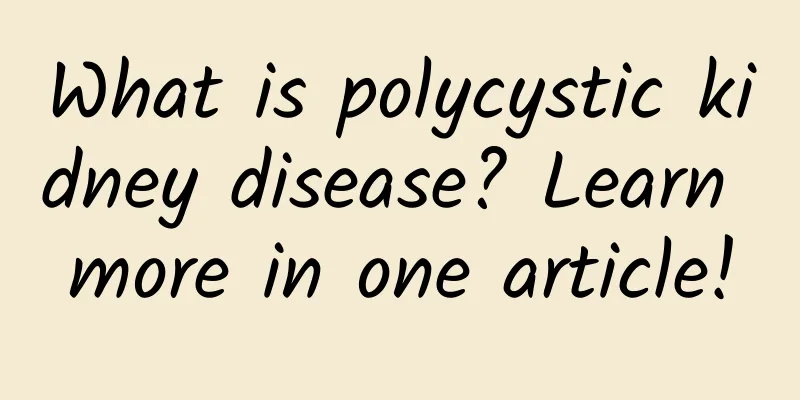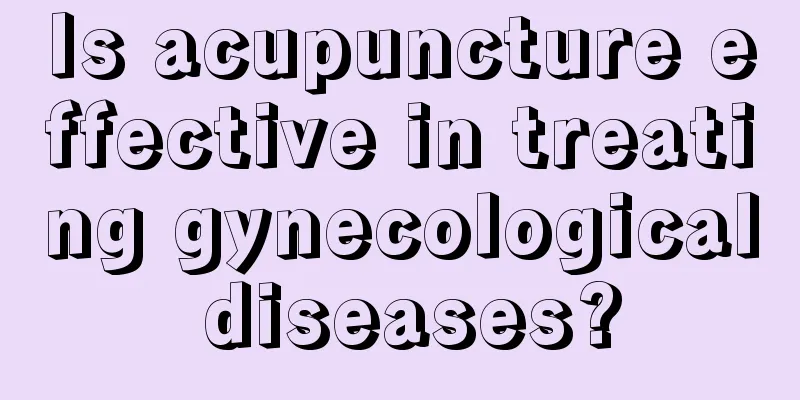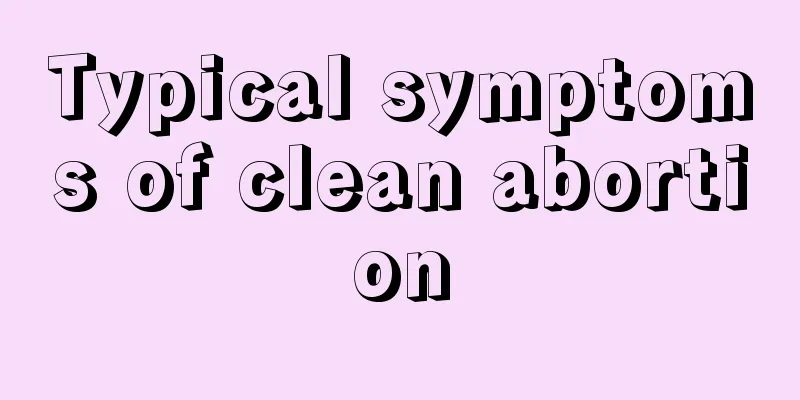What is polycystic kidney disease? Learn more in one article!

|
Polycystic kidney disease is a genetic disease. How is it inherited? Polycystic kidney disease follows the law of autosomal dominant inheritance, with equal incidence in males and females. If one of the parents is sick, 50% of the children will inherit the cyst gene and become ill. If both the father and the mother are sick, the incidence of the children increases to 75%. Children who are not sick do not carry the cyst gene. If they marry someone of the opposite sex who does not have polycystic kidney disease, their children will not become ill, and the disease will not be inherited from the next generation. It is extremely rare for a person to be infected by a gene mutation instead of being inherited from the parents. What are the symptoms of polycystic kidney disease? Is it serious when it starts? There are basically no symptoms in the early stages of polycystic kidney disease, so many patients are not diagnosed with polycystic kidney disease. Common initial symptoms of polycystic kidney disease include high blood pressure, hematuria, and abdominal pain. Sometimes the initial symptoms may be urinary tract infection or kidney stones. The development of any disease has a process of priority, and polycystic kidney disease is no exception. In particular, the kidney's compensatory function is very strong. When it is initially disturbed by external factors such as cysts or some inflammation, the clinical manifestations are often not obvious, and daily life, work and study are all normal. What is the process of polycystic kidney disease developing into uremia? Polycystic kidney disease is a condition in which the entire kidney is covered with cysts of various sizes. These cysts will grow larger with age, which will compress the kidney, damage the kidney structure, and reduce the number of kidney units that produce urine. Later, the kidney is damaged to the point where it cannot sustain normal human life, and uremia will occur at this time. To be precise, the formation process of renal failure and uremia is actually the gradual fibrosis of the kidney. Moreover, renal failure and uremia are functional manifestations that only appear after renal fibrosis reaches 50%. What role does blocking renal fibrosis play in the treatment of the disease? Effectively stopping the process of renal fibrosis is an important way to control the deterioration of the disease. Blocking renal fibrosis means reversing the damaged renal intrinsic cells, restoring renal function, and eliminating the pathogenic factors. Blocking renal fibrosis in the treatment of polycystic kidney disease is achieved by: (1) shrinking the cysts and reducing the pressure of the cysts on the surrounding tissues; (2) restoring the function of the injured tissues, thereby minimizing kidney damage and maximizing the recovery of function. Controlling the development of cysts may avoid or delay the occurrence of renal insufficiency or uremia. Renal cyst expert tips Timing of treatment The earlier polycystic kidney disease is treated, the better the effect. The best time to use effective treatment methods is when there is no renal damage. This is a period that polycystic kidney disease patients must remember. If the development of cysts is controlled at an early stage, it is possible to avoid or delay the occurrence of renal insufficiency or uremia. Drug treatment Currently, there are three drugs that have been proven to inhibit cyst growth and protect kidney function: rapamycin, somatostatin, and vasopressin receptor antagonists. However, somatostatin is an intravenous injection, which is extremely inconvenient to use; vasopressin antagonists are not yet available in China; and rapamycin is mainly used in transplant departments, is expensive, and is not easy to purchase. Surgery Surgical treatment of polycystic kidney disease, especially decompression surgery, was once the first choice of treatment. Later observations showed that this operation would accelerate the process of renal fibrosis and lead to faster loss of renal function. However, for larger cysts and those with more obvious clinical compression symptoms, surgical treatment can also be adopted, but remember that it is only applicable to larger cysts. |
<<: Eating too many oranges may turn you into a "Minion"
Recommend
Hairline is not stable? Eating right may help you change it!
When people reach middle age, nothing is easy, bu...
Menstrual flow is small and chocolate-colored
Menstruation is a cycle of the body and is also t...
What does high risk mean?
A high risk of Down syndrome screening means that...
How long after abortion can I use a fan?
Although women do not need to stay in confinement...
What causes vaginal bleeding and stomach pain?
When the female urinary and reproductive system i...
What to do if your Teddy has dental calculus? How to prevent pet dental calculus
Dental calculus is a common oral disease in life....
What causes vaginal itching in women?
Vulvar itching is a common gynecological disease ...
Floating objects in the vision - floaters
How can there be worms in the eyes? Sometimes, wh...
Can I have a baby if I take 2 tablets of Mifei?
During pregnancy, women must pay more attention t...
Foreign objects are discharged from female vagina
For normal women, there should be two normal secr...
Is it pregnancy if menstruation is delayed for 13 days?
Delayed menstruation is very common. Many women w...
Vaginal bleeding in women during non-menstrual periods
Abnormal bleeding is bleeding from the genitals o...
Several golden standards for women's strong physiological ability
I once saw a message that specifically talked abo...
When will the 2020 Family Portrait lottery be drawn? How do I know if I have won the 2020 Family Portrait lottery?
When will the 2020 Alipay Five Fortunes Family Po...
How to reduce fever quickly during breastfeeding
New mothers' physical condition is relatively...









